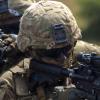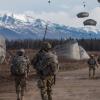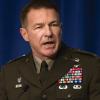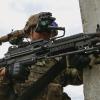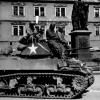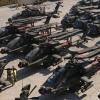There is an African proverb that states, “It takes a village ...” This maxim also holds true for the holistic approach required for soldiers who are ready, lethal and able to meet the Army’s needs.
Initiatives from the Army’s SHARP, Ready and Resilient Directorate; the U.S. Army Training and Doctrine Command’s Holistic Health and Fitness Program; and the U.S. Army Futures Command’s Soldier Lethality Cross-Functional Team recognize the importance of a holistic approach to soldier lethality. The emphasis is on building the physical supremacy, cognitive dominance and emotional resilience required...





